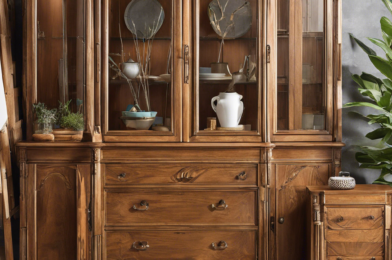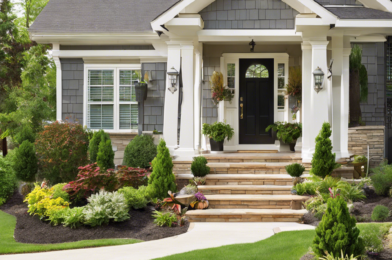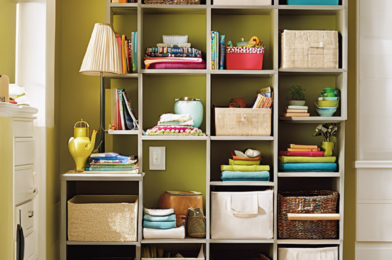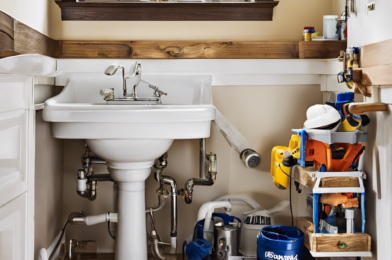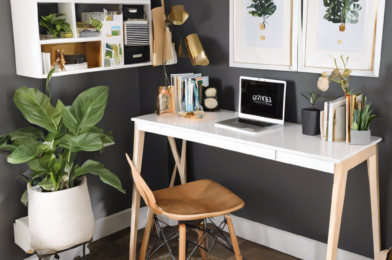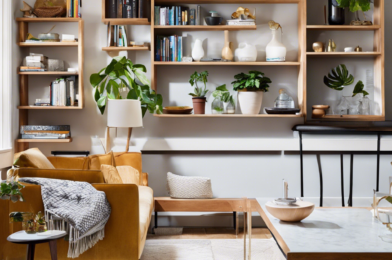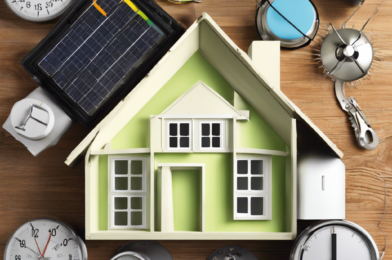Furniture restoration is a rewarding craft that allows you to breathe new life into vintage pieces, preserving their character while making them functional for modern living. This practice not only saves money and reduces waste but also connects us to the craftsmanship of the past. Whether you’re a seasoned DIY enthusiast or a curious beginner, restoring furniture can be a fulfilling hobby that transforms neglected items into treasured possessions. This guide will walk you through the essential steps of furniture restoration, from assessing a piece’s potential to applying the final touches. By understanding the process and techniques involved, you’ll be well-equipped to tackle your own restoration projects and uncover the hidden beauty in old, worn furniture.
The first step in any restoration project is to carefully assess the piece of furniture you’re working with. Look for signs of structural damage, such as loose joints, cracks in the wood, or unstable legs. Check for any wood rot, especially in pieces that may have been exposed to moisture. Examine the finish to determine if it’s worth preserving or if it needs to be stripped and replaced. Take note of any missing hardware or decorative elements that might need to be sourced or reproduced. This initial assessment will help you plan your restoration approach and decide whether the piece is worth restoring. Remember, not every old piece of furniture is a hidden gem, but many have potential with the right care and attention. Consider the style and era of the piece as well, as this can inform your restoration choices and help maintain the furniture’s authenticity.
Once you’ve assessed the piece, the next step is to clean it thoroughly. Years of dirt, grime, and old polish can accumulate on furniture, obscuring its true condition and beauty. Start with a gentle cleaning using a mixture of warm water and mild soap, being careful not to saturate the wood. For tougher grime, you might need to use a specialized wood cleaner. Be cautious with any cleaning products and always test them on an inconspicuous area first. If the piece has any metal hardware, remove it if possible and clean it separately. For intricate carvings or hard-to-reach areas, use a soft-bristled brush or old toothbrush to gently scrub away dirt. After cleaning, make sure to dry the piece thoroughly to prevent any water damage. This cleaning process not only improves the appearance of the furniture but also prepares it for the next steps in restoration.
After cleaning, it’s time to address any structural issues. This might involve re-gluing loose joints, filling cracks or holes in the wood, or reinforcing weak areas. For loose joints, carefully disassemble the piece if possible, clean off old glue residue, and reapply wood glue before clamping the joint back together. Wood fillers can be used for small cracks and holes, while larger damages might require wood patches or even replacement pieces. If the furniture has any broken or missing parts, you may need to reproduce them. This could involve some woodworking skills or sourcing replica parts from specialty suppliers. For wobbly legs, check if the problem is with the leg itself or its attachment to the furniture. Tightening screws or reinforcing with corner braces can often solve these issues. Remember, the goal is to make the piece structurally sound while maintaining its original character as much as possible.
The next consideration is the finish of the furniture. Depending on the condition of the existing finish and your restoration goals, you might choose to preserve, refresh, or completely strip and refinish the piece. If the existing finish is in good condition but just looks dull, you might be able to revive it with a good cleaning and a coat of furniture wax or polish. For slightly more worn finishes, you could try using a restorative product designed to nourish and protect the wood. If the finish is beyond repair or if you want to dramatically change the look of the piece, you’ll need to strip the old finish entirely. This can be done using chemical strippers or sanding, depending on the type of finish and the wood underneath. Be aware that stripping can be a messy and time-consuming process, but it often yields the most transformative results. Always work in a well-ventilated area and use appropriate safety gear when working with chemical strippers.
Once you’ve addressed the structural issues and decided on your approach to the finish, it’s time to focus on the finer details that can really make a piece shine. This might include restoring or replacing hardware such as drawer pulls, hinges, or decorative elements. If the original hardware is in good condition, you might be able to clean and polish it to restore its luster. For missing or damaged hardware, you can often find suitable replacements at antique stores, specialty hardware suppliers, or even online marketplaces. When choosing replacement hardware, try to match the style and era of the piece for a cohesive look. This is also the stage where you might consider making subtle upgrades to improve functionality, such as adding drawer slides for smoother operation or installing a glass top to protect a delicate surface. These small touches can significantly enhance both the appearance and usability of the restored piece.
If you’ve decided to refinish the piece, the next step is applying the new finish. This process typically involves sanding the wood to create a smooth surface, applying a wood stain if desired, and then protecting the wood with a clear finish. When choosing a stain, consider the type of wood and the overall look you’re trying to achieve. Test the stain on an inconspicuous area or a scrap piece of similar wood to ensure you’re happy with the color. After staining, you’ll need to apply a protective finish such as polyurethane, lacquer, or varnish. These finishes not only enhance the appearance of the wood but also protect it from moisture and wear. Apply thin, even coats, allowing each to dry completely and lightly sanding between coats for the smoothest result. The number of coats will depend on the product you’re using and the level of protection you want to achieve. Remember, patience is key in this step – rushing the finishing process can lead to drips, bubbles, or an uneven appearance.
The final stage of furniture restoration involves adding those finishing touches that truly bring the piece back to life. This might include reupholstering cushions or seats if the piece has any fabric elements. When choosing new fabric, consider both the style of the furniture and how it will be used in your home. For wooden surfaces, a final coat of furniture wax can add depth to the finish and provide additional protection. Pay attention to small details like ensuring all hardware is properly aligned and tightened. If you’ve replaced any elements, make sure they blend seamlessly with the original parts of the furniture. This is also the time to step back and assess your work, touching up any areas that might need a little extra attention. Remember, the goal of restoration is not always to make the piece look brand new, but to preserve its character while making it beautiful and functional once again.
Furniture restoration is as much an art as it is a craft, requiring patience, skill, and an eye for detail. As you work on your projects, you’ll develop a deeper appreciation for the craftsmanship of the past and the unique character of vintage pieces. Each restoration project presents its own challenges and rewards, offering opportunities to learn new techniques and problem-solving skills. Whether you’re restoring a family heirloom or rescuing a flea market find, the process of bringing old furniture back to life can be incredibly satisfying. As you gain experience, you might find yourself looking at old, worn furniture with new eyes, seeing potential where others see only junk. Remember, successful restoration is about balancing respect for the piece’s history with the needs of modern living, creating furniture that’s not just beautiful, but also functional and cherished for years to come.

